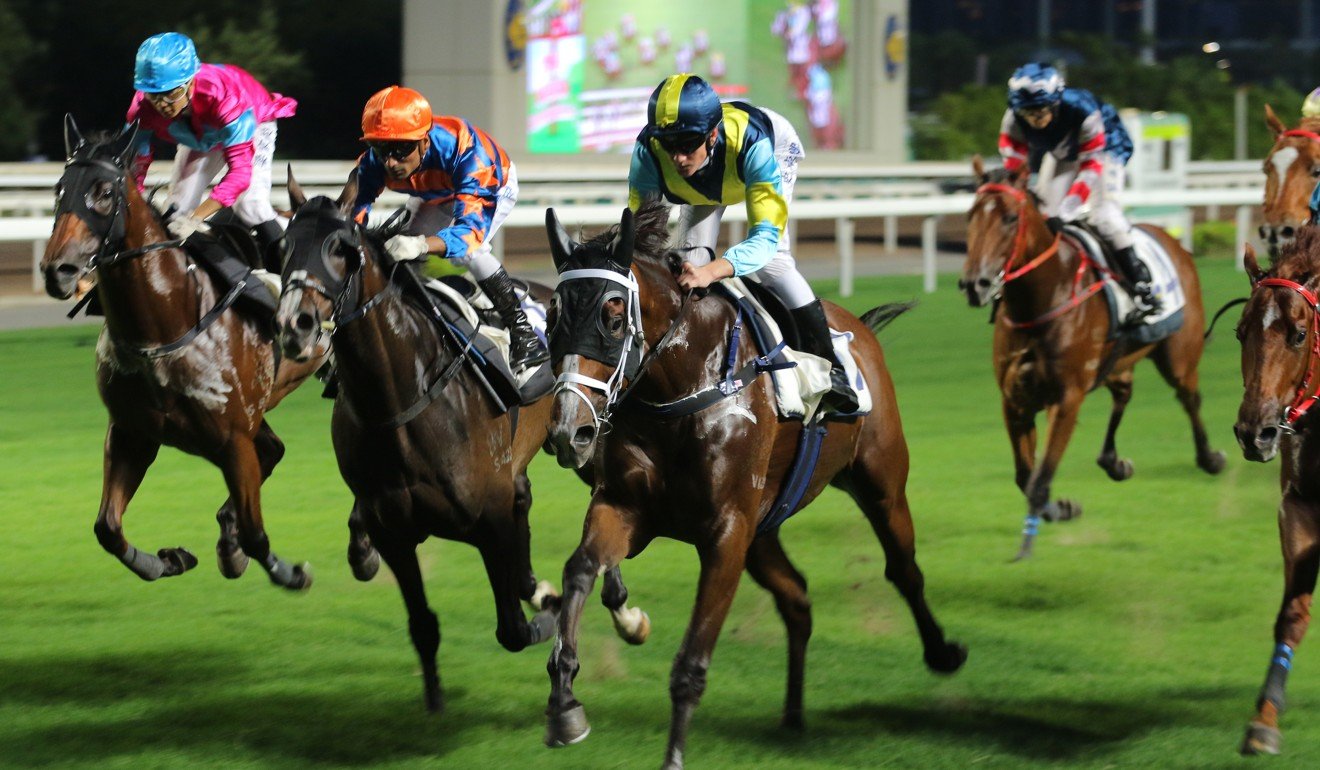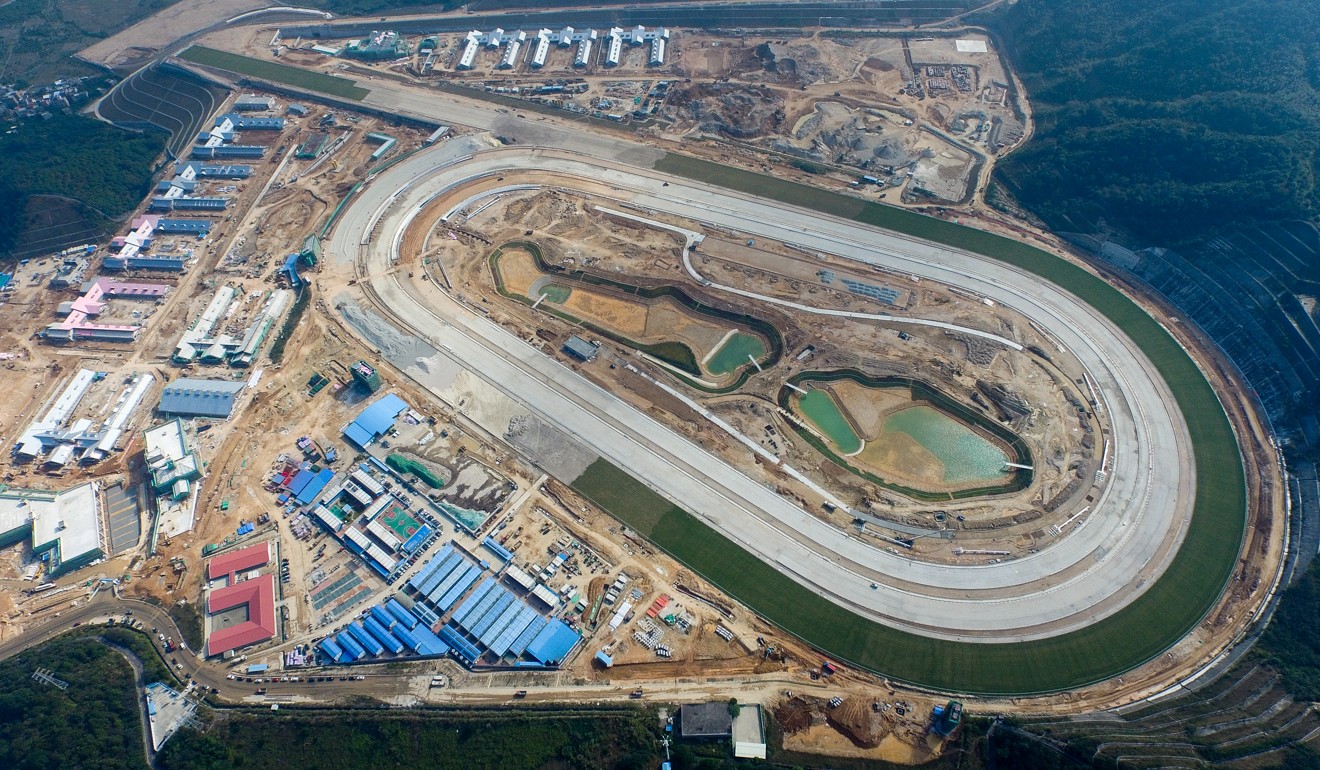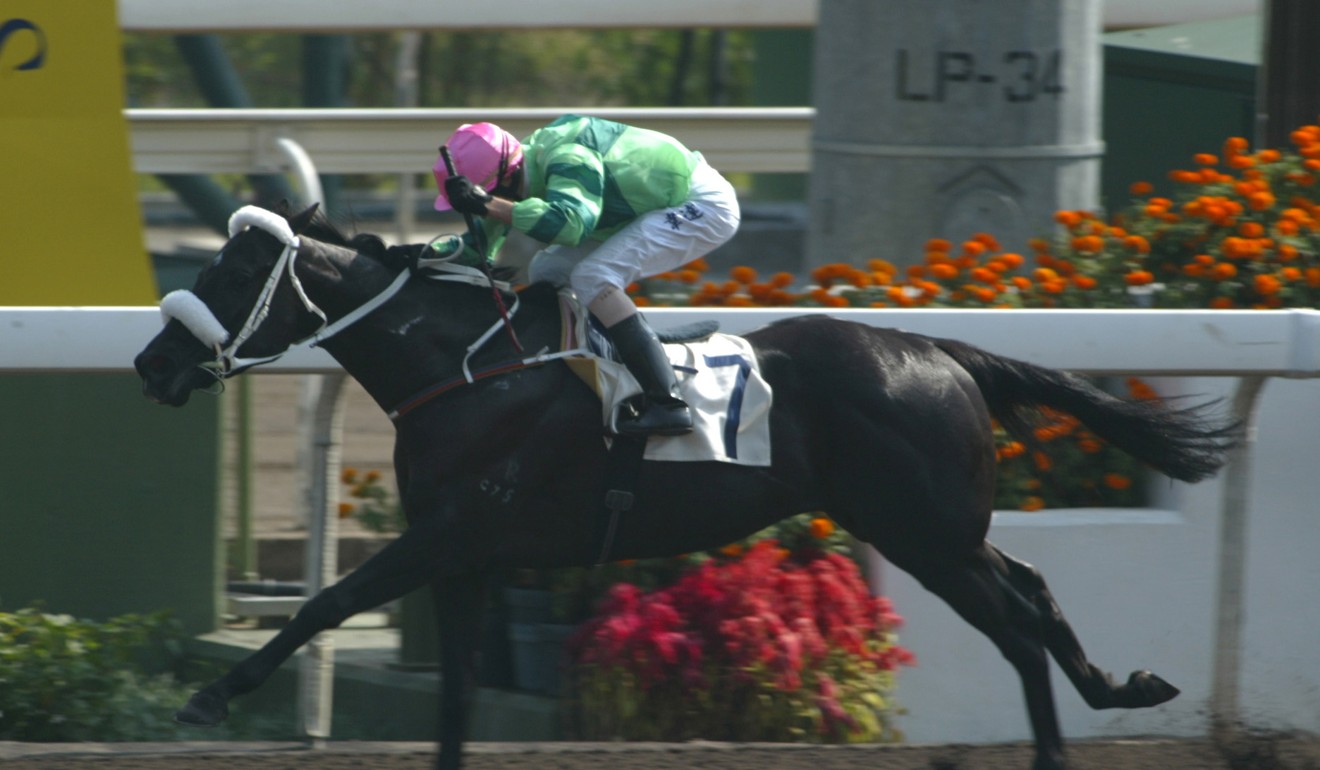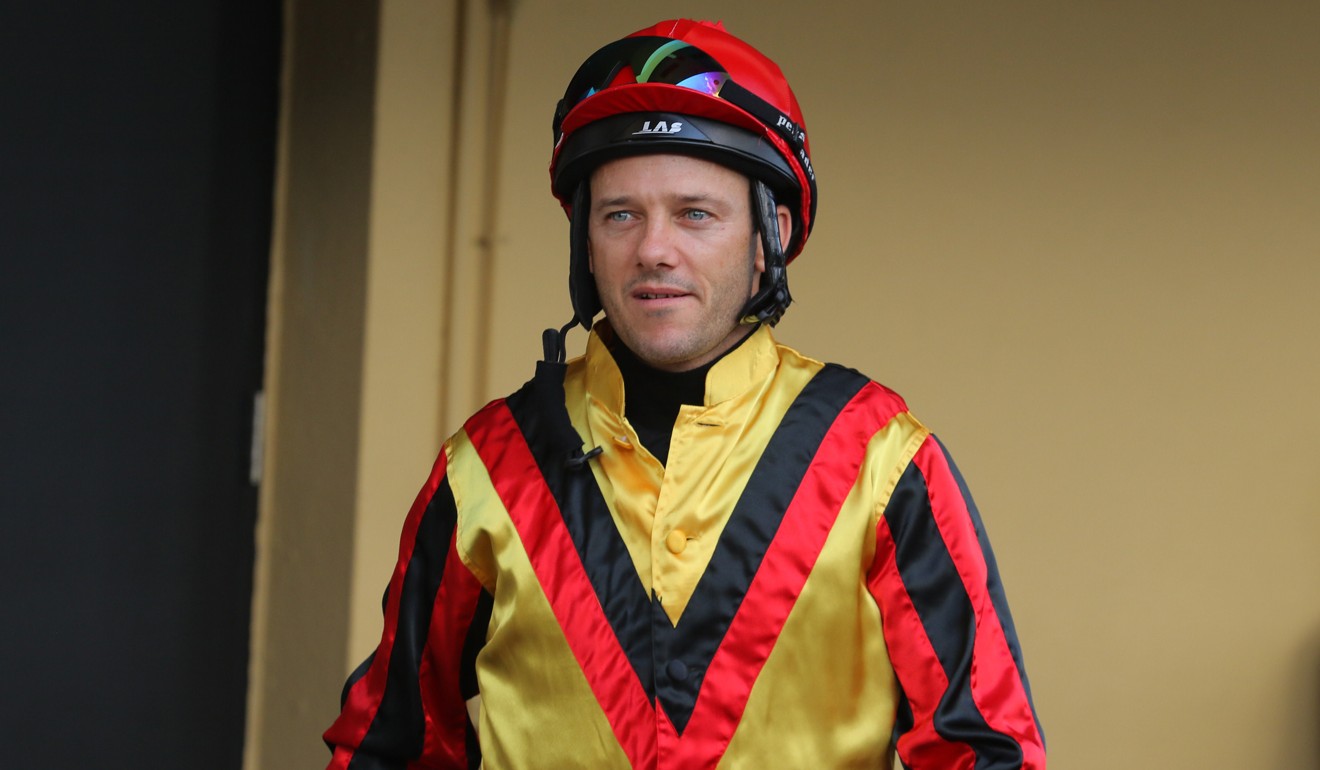Last week’s unhappy incident at Michael Freedman’s stables, when a horse died and several others were the worse for wear following an accident with the horse walker, was utterly freakish.
Think of something that doesn’t happen very often at all and this event was still much less likely than that, so the usual Jockey Club roll out of an inquiry into it and reports etc, really are standard but hollow.
They might have horses trained out of Sha Tin for another 50 years without seeing it again. So rather than examine the rare incident, we thought it was more relevant to look at how the Jockey Club handled it, because that can repeat more frequently.
Some “reports” suggest club officials on site asked the licensed stable personnel to say nothing about it.
We don’t know if that’s true but, if it were, it would be at least naive, given that one constant in racing stables the world over is people love nothing more than to talk about the disaster that befell the neighbours, especially since there was a smartphone video of the incident.
We find it hard to believe that such an instruction would ever be given in 2017, when the Jockey Club champions transparency for the public regarding all the horses in training, whether it’s about reporting surgery, other vet conditions, track work or stable incidents, just about anything.
Under this demand for transparency, trainers are fined for putting the wrong numbered saddle cloth on horses or working on the wrong track on the wrong day or queried when horses haven’t been to the track for a few days, so a very serious incident involving the fitness and well-being of horses would have to rank highly in the information pecking order.
Hong Kong Jockey Club bets on latest ‘crazy’ vision to be a winner in Conghua
So, we aren’t necessarily buying the hush order but it was still a situation the club would have been better advised to be out in front of, rather than issuing a release more than three days later having let the wild weeds sprout in the gossip garden.
And that leads not just this column, but those of a less trusting character to wonder what would take place around such an incident if it happened within the horse population at Conghua when that becomes operational.
If it takes three days to officially acknowledge an incident at the south end of Sha Tin racecourse, how many days would it take to get the same story down the highway from Guangzhou?
This column is not a Conghua basher, in fact, we are pro-Conghua. The Jockey Club does require expanded and upgraded training facilities and, at least as importantly, its executives would be asleep at the wheel if they were not giving the club an important footprint in mainland China, regardless of what may lie ahead for racing there.
Whatever it costs, the Jockey Club must do it for the day when it will be absolutely vital, perhaps when many of us are pushing up daisies, but eventually it will.
Trainer Michael Freedman hits freakish hurdle as horse dies in tragic accident with others injured
Still, there is no question the logistics of running a transparent racing operation out of one enclosed centre at Sha Tin grow exponentially once you add a second centre several hours away by road, in a different cultural environment and well away from the scrutiny that Sha Tin endures.
The club is already suffering some issues with Australian quarantine authorities due to Conghua, and that’s before there is even a horse in situ.
In short, the Jockey Club went to a lot of trouble to get protocols in place for transport between Conghua and Sha Tin that would bring the satellite training centre within Hong Kong’s biosecurity vacuum.
Australian quarantine reportedly does not immediately see it that way and, if its current view persists that Conghua is governed by Australia’s rules on biosecurity with China, there would be important repercussions for Sha Tin’s quarantine status and for international racing.
Hong Kong’s horse population to jump by 120 as Jockey Club shifts dynamics
Still, that seems one of those dents that can be knocked into shape with a robust discussion, a site visit or two and some guidelines.
The wider issue of whether what happens in Conghua stays in Conghua is another thing altogether and something about which the club, which prides itself on its openness, will need to be aware when it does become a training reality next year.
Fair start rule a ticking time bomb
While we are thinking about getting ahead of the game, perhaps the Jockey Club needs to have a look at Rule 12 (19) before it ever becomes a problem.
We were reminded last week of this rule when it reared its ugly head in Australia on Friday at the Geelong track outside Melbourne and we mused – not for the first time – on why the hell it should be in Hong Kong’s rule book anyway.
What happened at Geelong was one horse’s starting gate didn’t open properly, it came out significantly behind the body of the runners and, obviously, at a major disadvantage.
This gate failure and the lack of a fair start was admitted in the stewards’ report, however, the horse could not be declared a non-runner under Australian rules because it finished third.
Paradoxically, had it been more disadvantaged or jibbed it, run poorly and finished fourth, then no problem – non-runner, money back, everyone goes home in one piece. A bit of background to what might be called the Gai Waterhouse rule.
During the 1990s, we recall there being a two- or three-year-old filly trained by Australian legend Waterhouse who missed the start very badly at Randwick, through no fault of her own or her jockey, but somehow overcame that to run a place.
Stewards were ready to declare her a non-runner until a plea from Waterhouse as the Randwick placing had just been a multiplier for the filly’s stud value and calling her a non-runner would erase that benefit for her owners.
The records say D B Pin didn’t run, but don’t forget his ‘Rakegate’ performance
Stewards acceded to that request, the filly was a runner and the rule subsequently rewritten. John Schreck was the chief steward in Sydney at that time and later, as chief steward in Hong Kong, he wrote what is fundamentally the current rule book here, using the Australian rules as a template.
Thus, Rule 12 (19) is part of the rule book here, in a jurisdiction where the breeding is to racing as sharks are to goldfish – they’re sort of in the same business but playing a totally different game.
Here, punters play the biggest part and authorities in Australia might toss and turn over whether their duty is to the interests of punters – which were not served at Geelong – or to those of owners and breeders, but Hong Kong should not.
This rule has surfaced just once here, on April 16, 2003, when Multi-Win was fractious in the gates, was being held by an attendant when it reared, the gates opened and it flopped out well behind the field, before Brett Prebble could have done everyone a favour and not done such a good a job on it to run third in a photo.
Another setback for Pakistan Star, will miss Celebration Cup
The report from that meeting goes to great lengths to specify that Multi-Win would not have been declared a non-runner in any case – despite being held by an attendant when the gates opened – but, having run third, it was covered by this rule and hands were tied.
We are pretty sure we wrote a column in this space about it then as being stupid and unfair to punters but here we are more than 14 years later and the rule is still there, lurking like a little time bomb.
On the plus side, it hasn’t blown up. On the minus side, tick tock.























